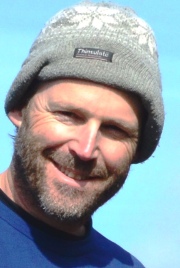Canada’s role in saving wildlife
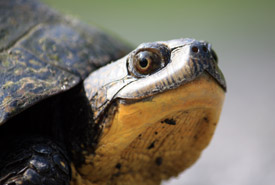
Blanding's turtle (Photo by Gabrielle Fortin)
Endangered Species Day was established 15 years ago. It is a day for the human species to learn about the other species that are at risk of disappearing and, perhaps most importantly, what we can do about it.
Related content
Every nation has a unique role in saving our planet’s endangered species. As Canadians, it’s important that we know about the plight and prospects of wildlife from around the world. About the decline of elephants to poaching, the rapid loss of rainforests in southeastern Asia that is threatening orangutans, or how Bengal tigers in India are now doing better thanks to conservation efforts. But it is most critical that Canadians know about the fellow species that share our lands and waters. These are the plants and animals that we steward and can take action to protect. Our decisions alone will determine their future.
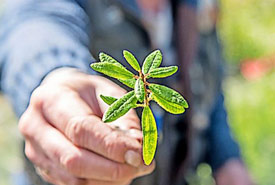
Labrador tea (Photo by Paul Smith/Special to The Telegram)
If you live in Canada, you share your country with about 80,000 known wild species. We don’t know the exact number, and more remains to be described and discovered. Many of these plants and animals are common and thriving. Species like raccoon, mallard duck and Labrador tea are not endangered and have a low risk of ever being lost from Canada.
There is an important group in our Canadian collection of known plants and animals that is at risk of disappearing. Canada has about 800 species, subspecies and varieties of wildlife that have been officially assessed as at risk, but this probably represents less than a quarter of all plants and animals that are imperiled in our country. Without conservation actions, these species could join Canada’s “missing” species (both extirpated and extinct), such as the greater prairie chicken, eastern box turtle and great laurel.
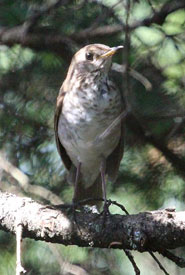
Bicknell's thrush (Photo from Wikimedia Commons)
Some of these nationally imperiled species are also of global conservation concern. Many have very small ranges, like the Bicknell’s thrush in Quebec, Atlantic Canada and the northeastern U.S., or the sand-verbena moth, which is limited to a handful of coastal sites in Washington and BC, including the Nature Conservancy of Canada’s (NCC’s) James Island.
Nationally and globally imperiled species are critical to conserve. If we want to pass on the full richness of Canada’s wildlife to future generations, we must protect these species. In most cases, we share the stewardship of these species with other nations, primarily our American neighbours. For some, like red-headed woodpecker, only a small portion of the global population occurs in Canada. But for many species, including narwhal and lakeside daisy, Canada has a high degree of responsibility for their conservation.
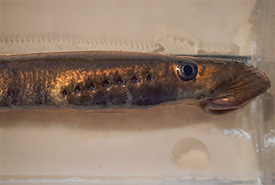
Vancouver lamprey (Photo by linddealy, CC-BY-NC)
There is also a select group of wildlife that is worth learning about. There are about 300 plants and animals that occur only in Canada and nowhere else in the world. These range from a unique variety of weasel-like marten that lives only on the island of Newfoundland, to a small fish called the Vancouver lamprey that is restricted to Vancouver Island, to a delicate wildflower, called hairy braya, that grows along the Arctic coast and that was rediscovered based on notes from the Franklin expedition. Most of the species in this select group have always been restricted to this geography we now call Canada. A few like the eastern wolf have been lost from their former range in the U.S. and their last stronghold against extinction is in Canada.
These are uniquely Canadian species that live nowhere else in the world. Later this spring, NatureServe Canada and NCC will be releasing a report and some maps on this select group of all-Canadian wildlife. If we want to pass on the full richness of the world’s wildlife to future generations, we must protect these species. No other country can protect them.
We can use this time of social distancing to nudge closer to nature — to learn a little more about even just one of our endangered species in Canada. Learning is the foundation of conservation. Knowing what other species share our community and our country. Learning why they might disappear. Learning what can be done to save them.

